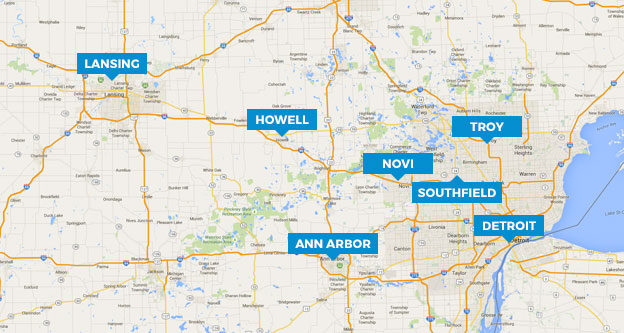On March 11, 2015, the IRS announced they were holding on to more than $1 Billion of refunds for people who have not filed a 2011 tax return. If they did not file a 2011 tax return by April 15, 2015, then those people lost their tax refund. There is a statute of limitations for claiming a refund. If you are in this situation, there are forms you can file to get your refund prior to the statute expiring.
Three Year and Two Year Statute for IRS Tax Refund
Generally, the statute of limitations for claiming a tax refund is three years from the tax return due date or two years from the date the tax was paid, whichever is later.
Example 1, Sally is employed at a local company. She claimed single and zero exemptions on her W-4 at her employer. She has not filed her 2012 tax return. She qualifies for a tax refund. The due date for the 2012 tax returns was April 15, 2013. The deadline for claiming a refund is three years from the 2012 tax return due date. If she does not file her 2012 tax return by April 15, 2016, she loses the tax refund.
Example 2, Bill is self-employed. He hired a new accountant to prepare his 2014 tax return. Bill told the accountant that he paid a substantial amount of taxes in 2014 for balances owed from a 2008 tax return. Bill always thought his previous accountant made a mistake on his 2008 tax return and asked the accountant to review the tax return. The accountant noticed several mistakes made on the 2008 tax return. The accountant informed Bill that if an amended return was filed, he would get a large refund. The 2008 tax return was due on April 15, 2009, and the three statute expired on April 15, 2012. However, this case falls under the two year statute. Bill paid most of the taxes for the 2008 tax return in 2014. This means he has two years from 2014 to correct the 2008 tax return and claim a refund.
Claiming an Tax Refund
There are three options for claiming a refund: file an original return, file an amended return, or file Form 843. When no tax return has been filed then file an original tax return to claim your refund. An amended tax return is filed when an original tax return was already filed. For all other refund requests, use Form 843, Claim for Refund and Request for Abatement.





